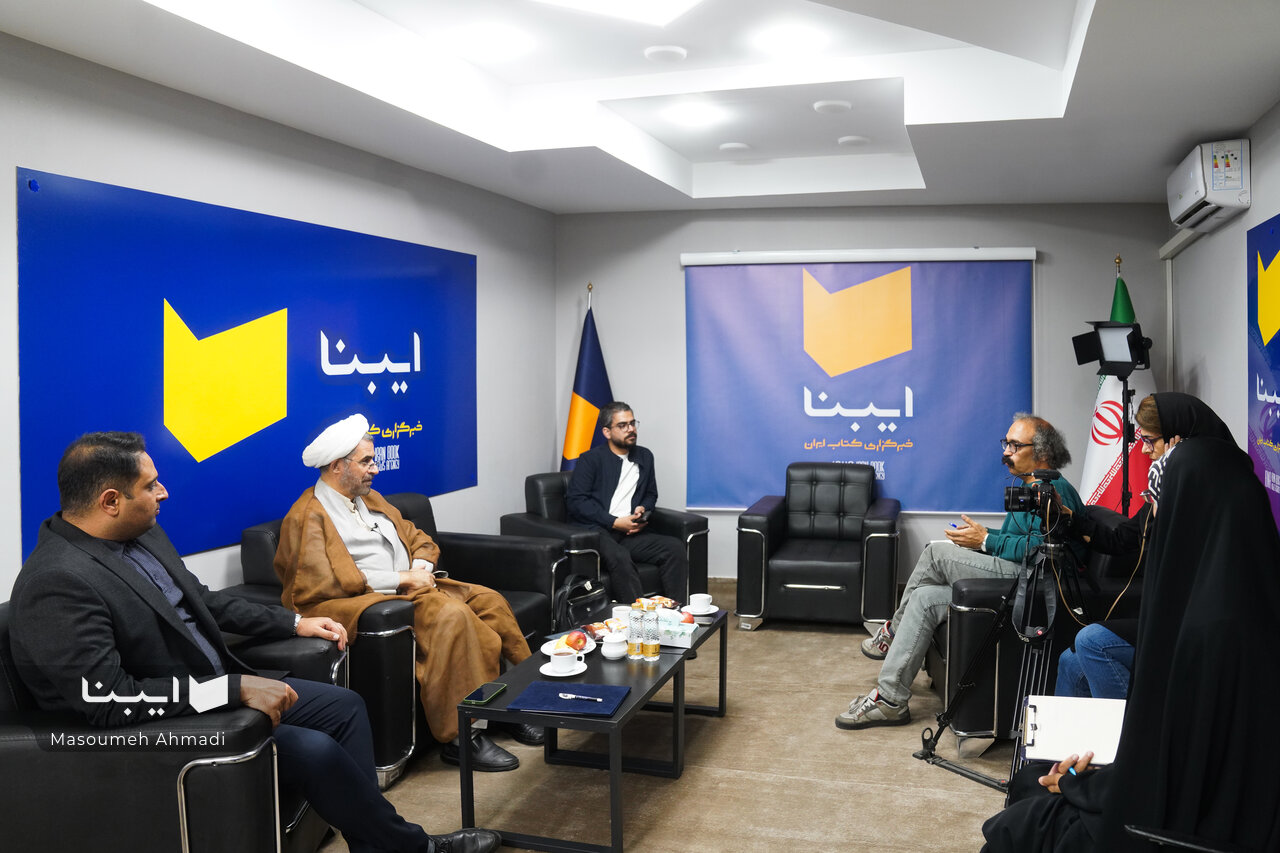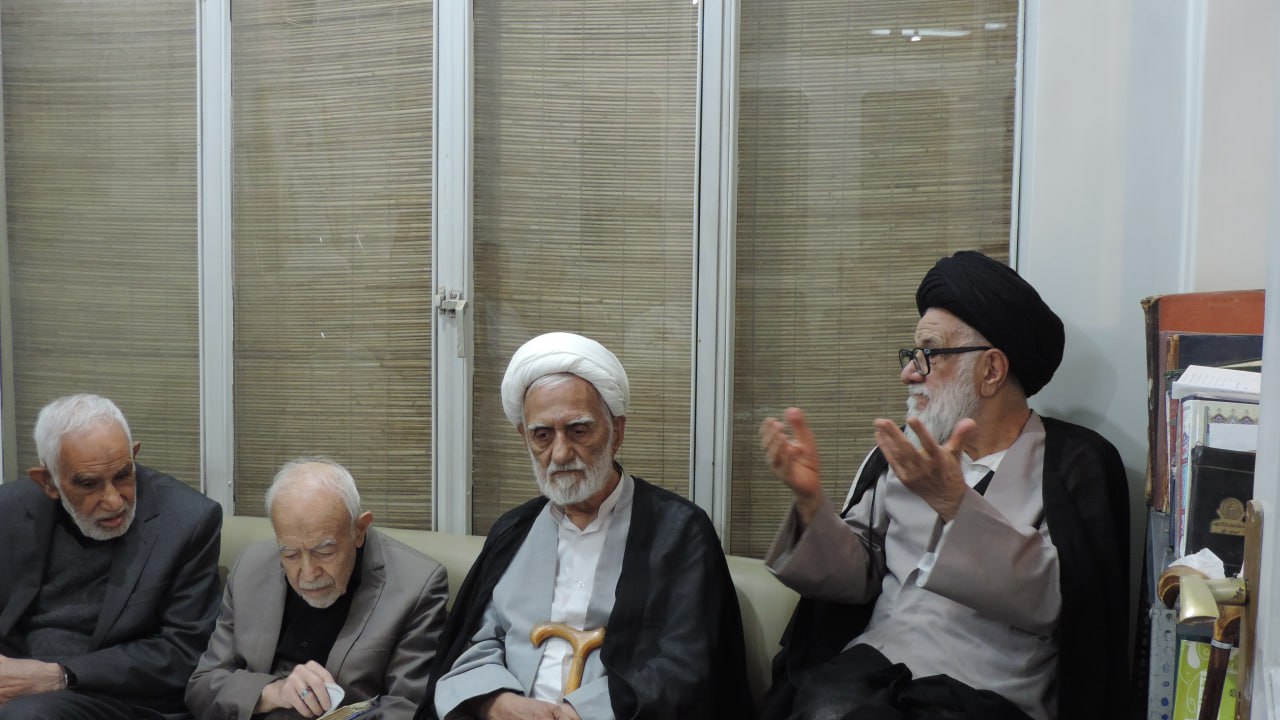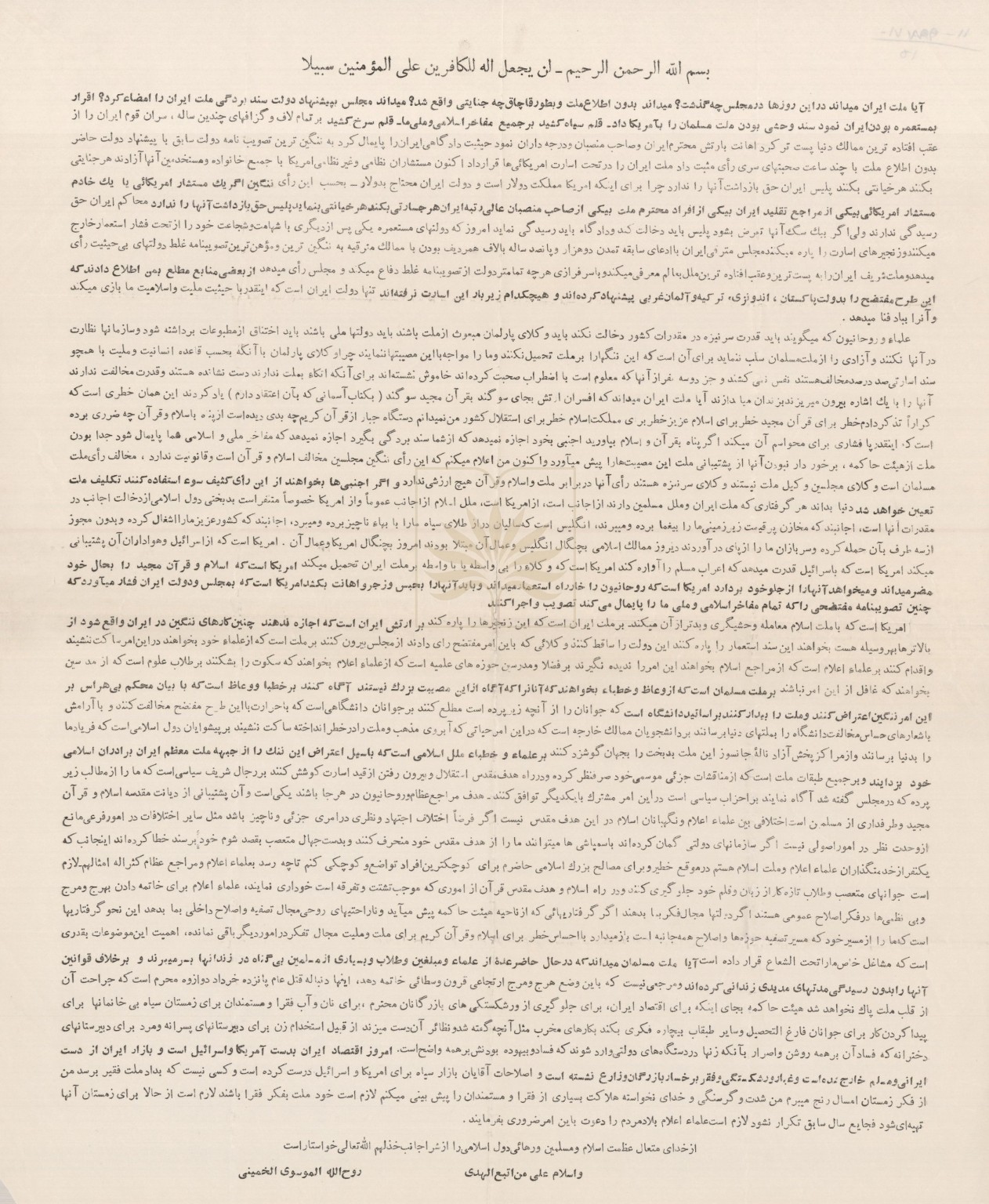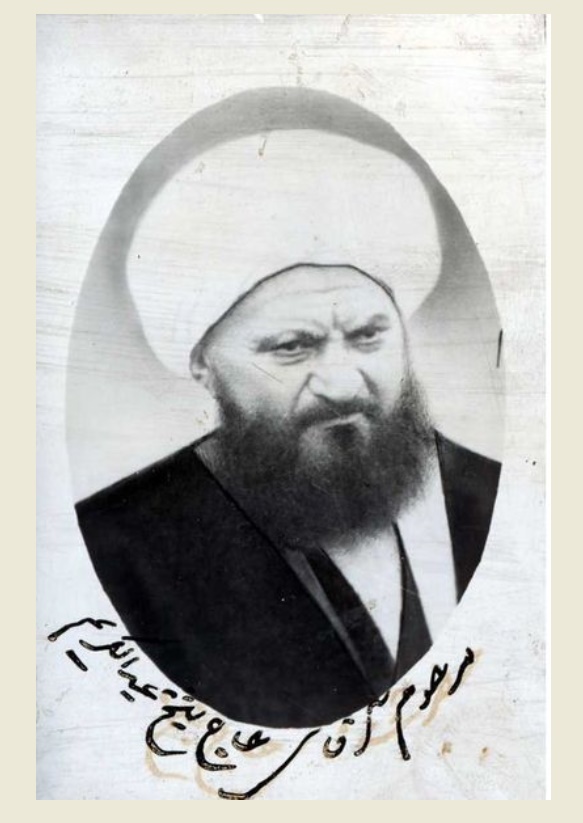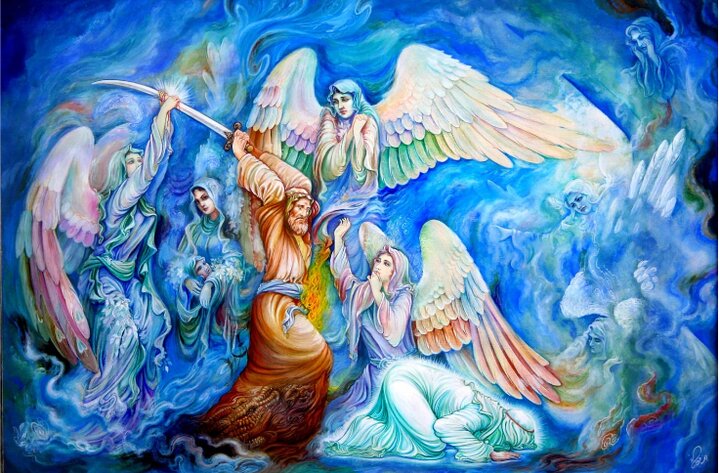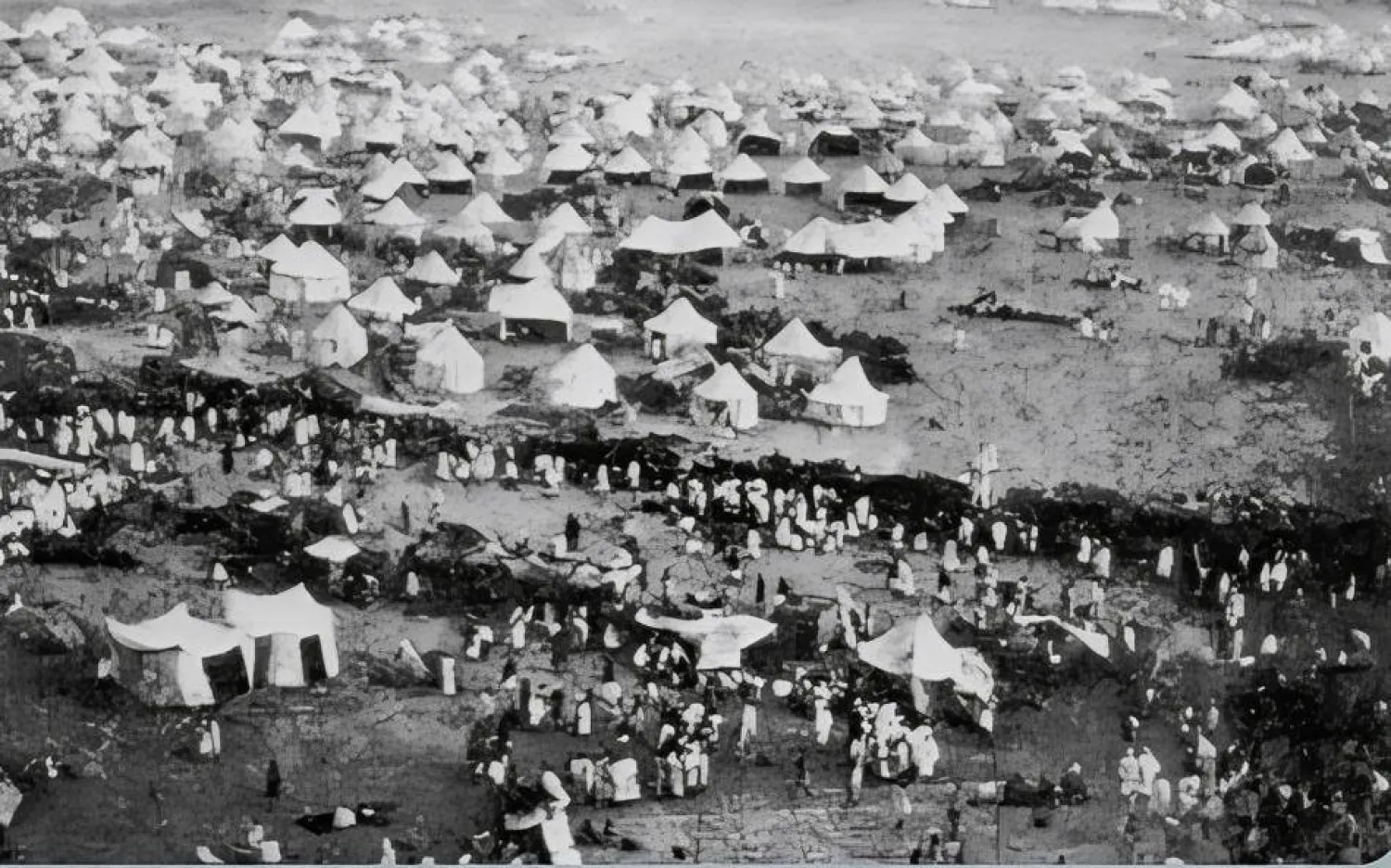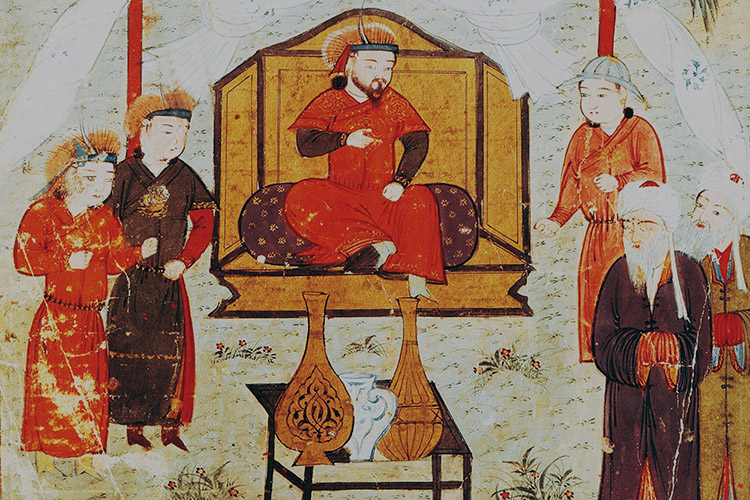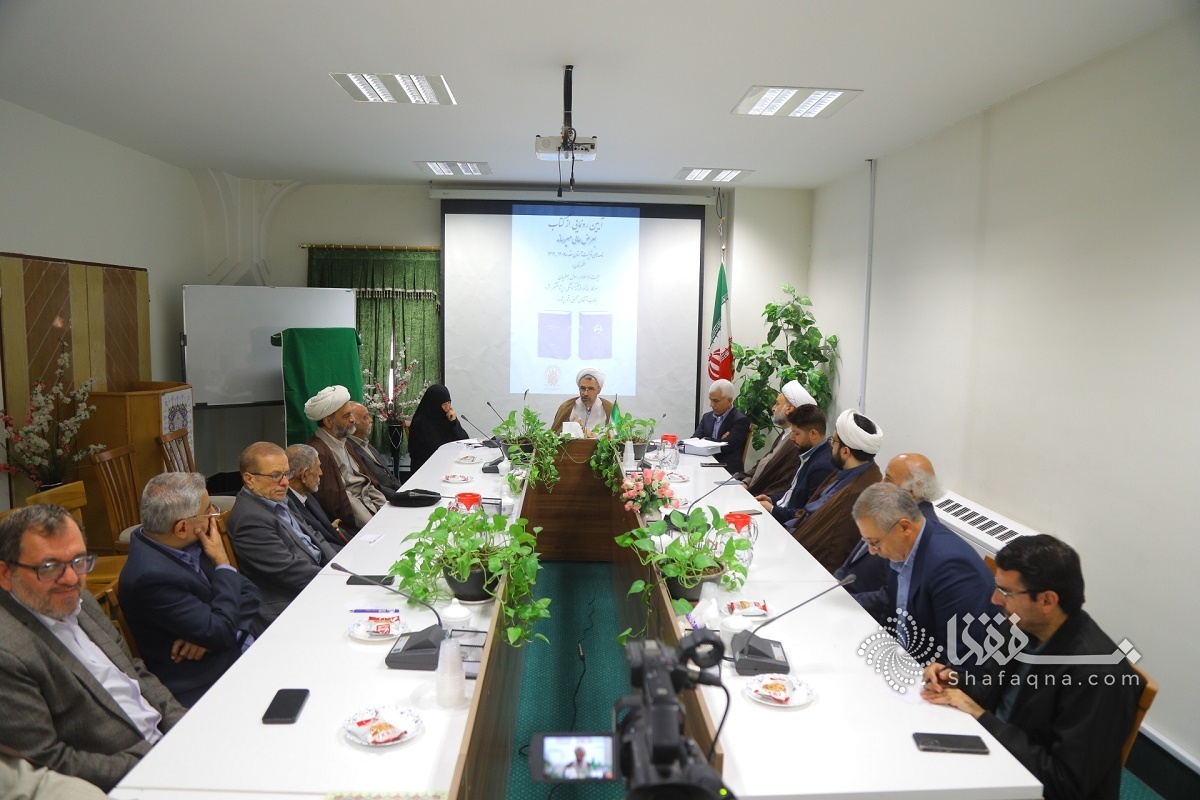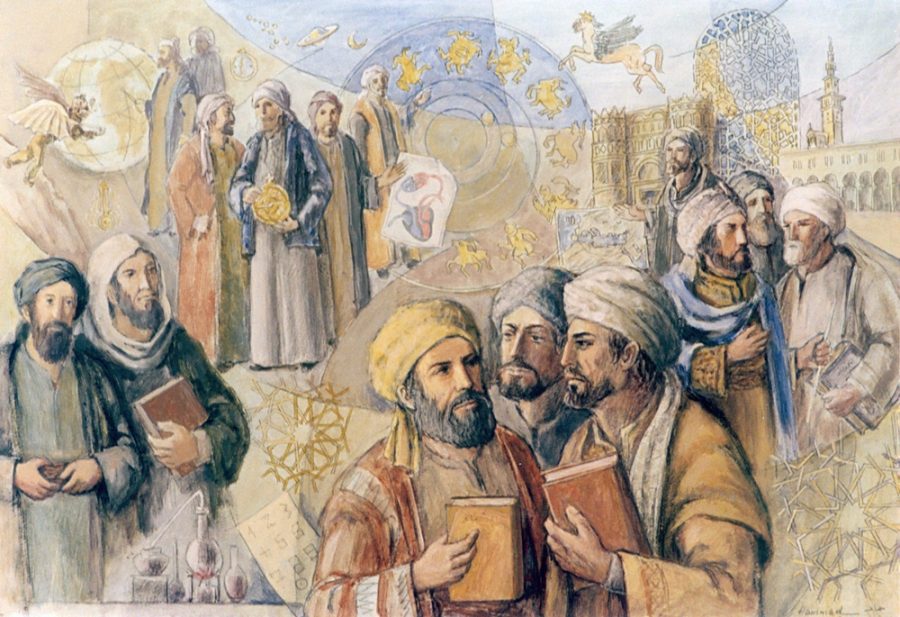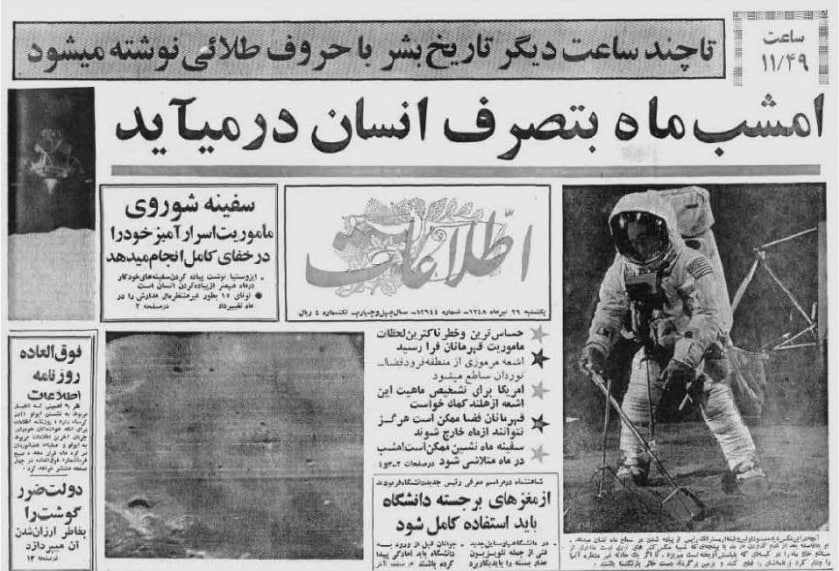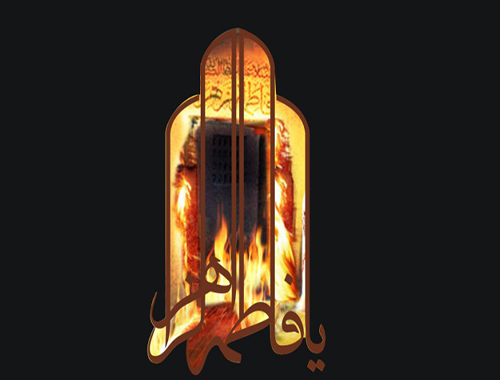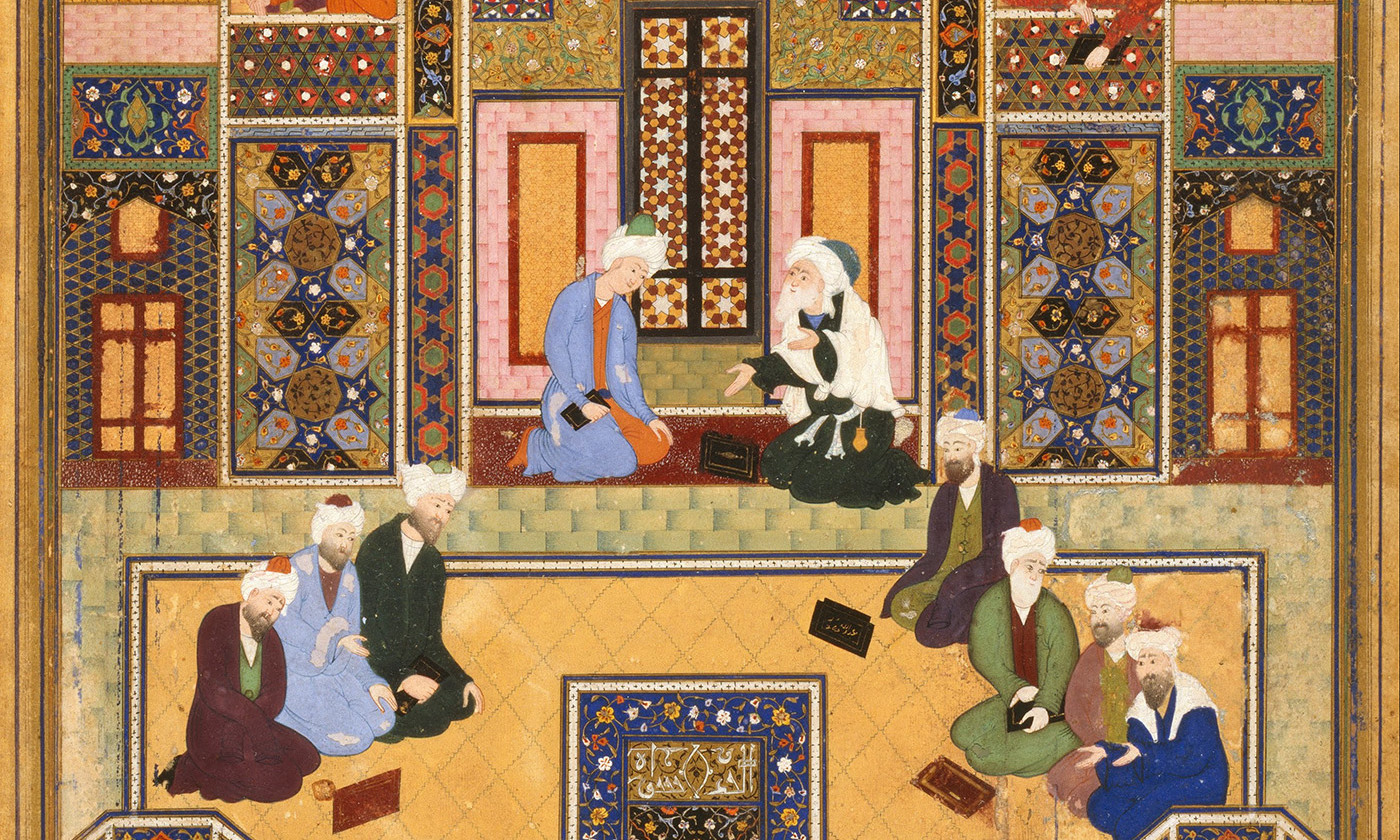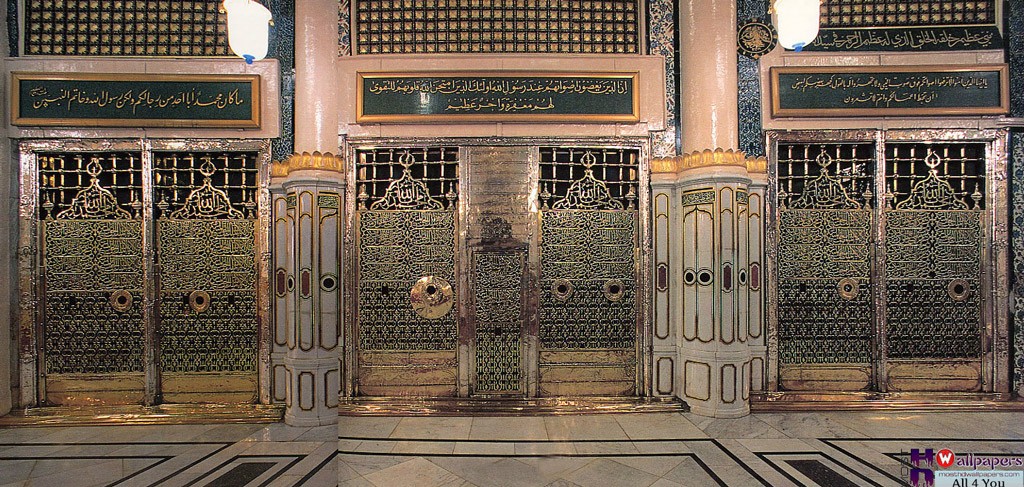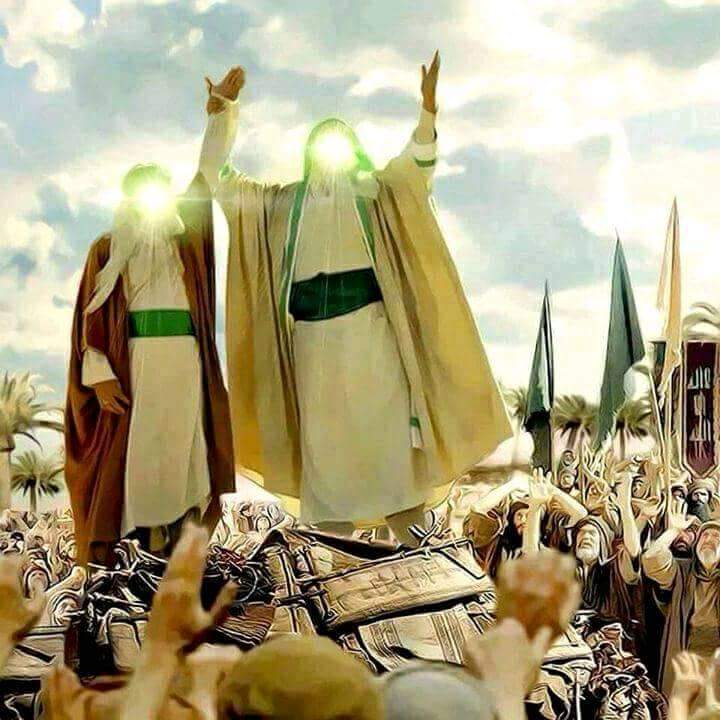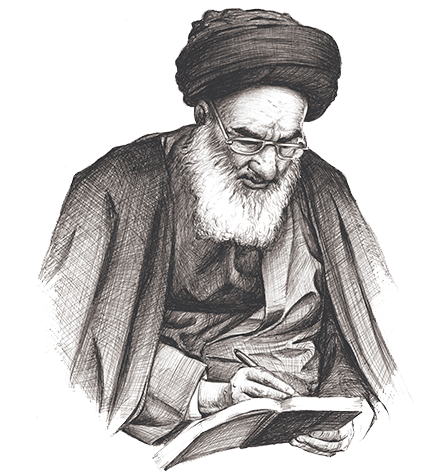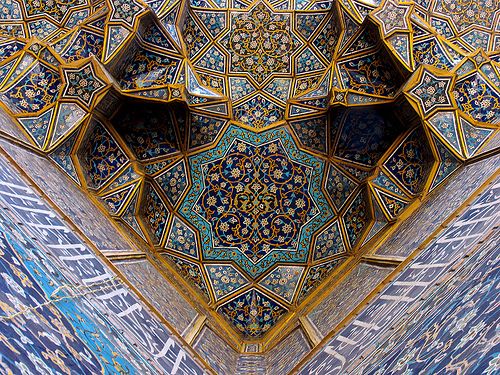Update 21st December/2015: There was a minor factual mistake in the section of Mukhtar & ‘Umar ibn Sa’ad which has now been corrected.
—-
In many Shi’i communities, it is the 9th of Rabi’ al-Awwal that marks the end of the two-month mourning period that begins with the first of Muharram. The day is celebrated in most communities, for different reasons, and is referred to by a few names, such as Eid al-Zahra, Farhat al-Zahra, Eid-e Shuja, Taj Poshi-e Imam, Yawm Raf’ ul-Qalam, Umar Kushshun etc. The significance of the day is due to four different reasons, all of which have been attributed to it:
- ‘Umar ibn al-Khattab (the 2nd caliph) was killed on this day
- The angels lift their pens up for the Shi’as and they do not record anything (i.e. one can commit sins and not be held accountable for them)
- The transfer of the Imamate from Imam Hasan al-‘Askari to his son, Imam al-Mahdi
- Mukhtar killed ‘Umar ibn Sa’d which resulted in the happiness of Imam Sajjad and the women of Bani Hashim
Some communities may celebrate the day for some of the reasons, while some misinformed ones may celebrate the day for all four reasons – particular the first two reasons. In this post, I will simply be looking at the historical validity of all four of these reasons.
Sayyid Ali studied in the seminary of Qom from 2012 to 2021, while also concurrently obtaining a M.A in Islamic Studies from the Islamic College of London in 2018. In the seminary he engaged in the study of legal theory, jurisprudence and philosophy, eventually attending the advanced kharij of Usul and Fiqh in 2018. He is currently completing his Masters of Education at the University of Toronto and is the head of a private faith-based school in Toronto, as well as an instructor at the Mizan Institute and Mufid Seminary.


